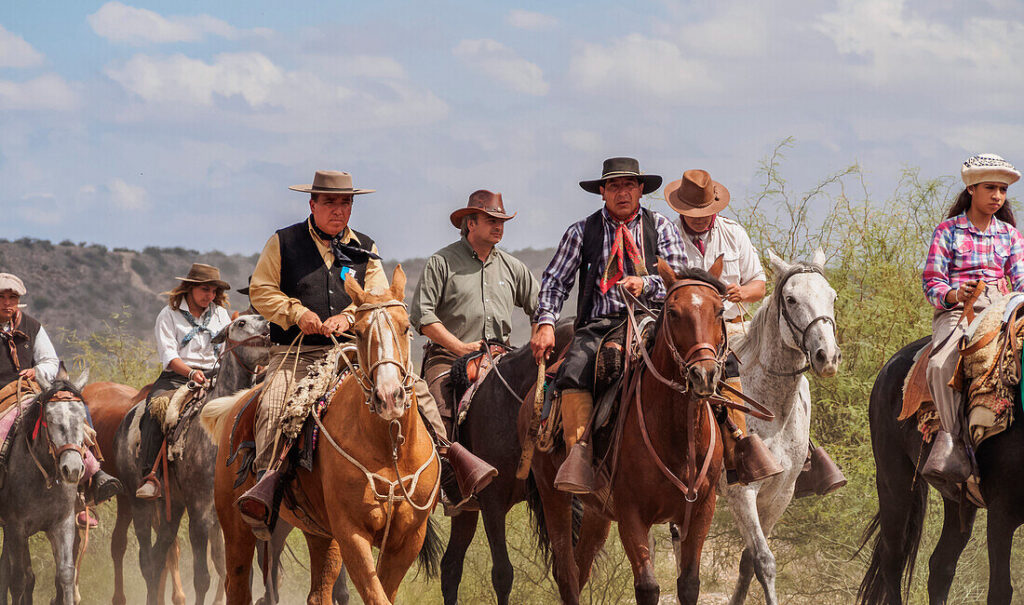Is Peru Safe for Tourists? Here’s What You Need to Know
Peru, a country known for its rich history, breathtaking landscapes, and vibrant culture, is a top destination for many travelers. But like any country, it comes with its own set of safety considerations. If you’re planning a trip to Peru, you might be wondering: Is Peru safe for tourists? The answer isn’t a simple yes or no, but with some insights and preparation, you can have a safe and unforgettable experience. Let’s dive into the details.
Safety in Peru for Tourists: The Big Picture
Peru is generally considered safe for tourists, but like many countries, it has areas where crime and safety issues can arise. Petty theft, scams, and traffic accidents are the most common concerns. However, with proper precautions and awareness, visitors can minimize risks and enjoy all that Peru has to offer.
According to the Peruvian Ministry of Foreign Affairs, Peru has seen improvements in safety in recent years, thanks to increased security measures and tourism infrastructure. However, it’s still important to stay informed about local conditions and take common-sense precautions.
Key Insights: Safety by Region
Peru is a vast and diverse country, and safety can vary significantly depending on where you are. Here’s a breakdown of some of the most popular regions for tourists:
1. Lima (The Capital)
Lima is one of the safest major cities in South America. It’s a bustling metropolis with a mix of modern and colonial architecture, world-class restaurants, and vibrant cultural scenes. However, like any big city, petty theft and pickpocketing can occur in crowded areas like bus stations, markets, and tourist hotspots.
Tips for Lima:
- Avoid walking alone in dimly lit or deserted areas at night.
- Use reputable taxis or ride-sharing apps like Uber or Cabify.
- Keep valuables secure, especially in crowded places like Plaza de Armas or Miraflores.
2. Cusco (The Gateway to Machu Picchu)
Cusco is a must-visit for anyone traveling to Peru. It’s the historic capital of the Inca Empire and the starting point for the famous Inca Trail. Cusco is generally very safe for tourists, with a strong police presence in areas frequented by visitors. However, altitude sickness can be a challenge for some travelers, so make sure to acclimate properly before exploring.
Tips for Cusco:
- Be mindful of your belongings in busy areas like San Pedro Market.
- Avoid exchanging money on the street to reduce the risk of scams.
- Hire licensed guides for treks or tours to ensure safety and quality.
3. Machu Picchu
Machu Picchu is one of the Seven Wonders of the World and a highlight of any Peruvian adventure. The site itself is very safe, with strict security measures in place. However, the journey to Machu Picchu, especially the Inca Trail, requires careful planning. Weather conditions, steep drop-offs, and uneven terrain can pose risks if you’re not prepared.
Tips for Machu Picchu:
- Book your Inca Trail tour with a reputable operator to ensure safety.
- Pack layers, sturdy hiking boots, and rain gear for unpredictable weather.
- Stay on designated paths to avoid accidents and protect the environment.
4. The Amazon Rainforest
Peru’s Amazon region is a nature lover’s paradise, offering unforgettable experiences like jungle lodges, wildlife spotting, and indigenous community visits. However, the remote nature of the Amazon can pose challenges. Ensure you choose a trusted tour operator and follow all safety guidelines provided by your guides.
Tips for the Amazon:
- Avoid swimming in rivers where caimans or piranhas may be present.
- Stay close to your guide during hikes to avoid getting lost.
- Respect local wildlife and avoid touching or feeding animals.
5. Border Areas
Peru’s borders with Colombia, Ecuador, and Brazil are generally less traveled by tourists, and some areas may have higher risks of crime or instability. Avoid traveling near the border with Colombia due to ongoing security concerns. Stick to well-traveled routes and avoid crossing into remote areas without proper guidance.
Public Transportation Safety in Peru
One of the most common concerns for travelers is public transportation safety. Peru has a well-developed public transportation system, but it can be chaotic, especially in Lima. Here’s what you need to know:
Buses and Micros
Local buses, known as micros, are affordable but can be overcrowded and unpredictable. Petty theft is a risk in crowded buses, so keep a close eye on your belongings. Avoid traveling with large amounts of cash and use secure bags or backpacks.
Taxis
Taxis in Peru are generally safe, but it’s important to use reputable services. Avoid hailing taxis on the street, especially at night, and instead opt for licensed taxi companies or ride-sharing apps like Uber or Cabify.
Domestic Flights
Domestic flights are a safe and efficient way to travel between cities like Lima, Cusco, and Puerto Maldonado. Peru’s major airlines, such as LATAM and Avianca, have good safety records.
Trains
Train travel in Peru is limited but safe. The most popular route is the train to Machu Picchu, operated by PeruRail or IncaRail. These services are well-maintained and cater specifically to tourists.
Common Scams and How to Avoid Them
Like many popular tourist destinations, Peru has its share of scams. Here are some common ones to watch out for:
- Taxi Scams: Drivers may overcharge or take longer routes. Always agree on a fare beforehand or use a meter.
- ATM Scams: Be cautious of tampered ATMs, especially in tourist areas. Use machines inside banks or well-lit areas.
- Fake Police: Scammers may pose as police officers to demand bribes. If stopped, ask to see identification and contact your embassy if unsure.
- Overpriced Tours: Always research and book tours through reputable operators to avoid being overcharged.
Is It Safe to Move Around Peru?
The short answer is yes, but it depends on how and where you move around. Peru has a well-developed tourism infrastructure, and most popular destinations are safe for visitors. However, it’s always a good idea to exercise caution, especially in unfamiliar areas.
Key Tips for Moving Around Safely:
- Plan Ahead: Research your route and stick to well-traveled paths.
- Stay Informed: Check local news and government advisories for any safety concerns.
- Use Reputable Services: Choose licensed taxis, buses, and tour operators.
- Be Aware of Your Surroundings: Avoid distractions in crowded areas and keep valuables secure.
- Learn Some Spanish: Basic Spanish phrases can go a long way in helping you communicate and navigate.
Conclusion: Is Peru Worth Visiting?
Absolutely! Peru is a rewarding destination that offers something for every kind of traveler. From the stunning landscapes of Machu Picchu to the vibrant culture of Lima, there’s no shortage of unforgettable experiences. While safety requires some attention, the risks are manageable with proper planning and awareness.
By staying informed, taking common-sense precautions, and choosing reputable services, you can have a safe and enjoyable trip to Peru. So pack your bags, grab your camera, and get ready to explore one of South America’s most incredible countries.






